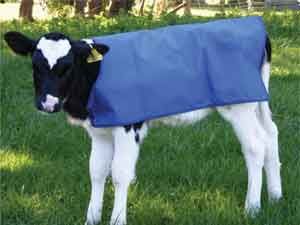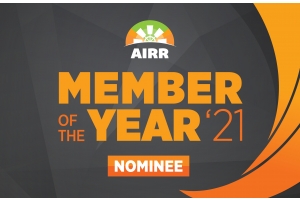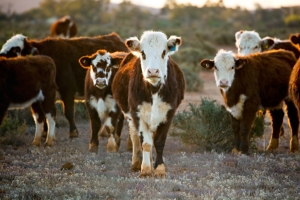Preparing Your Calves for show – Halter and Lead

By Joe Gallenti. Preparing beef or dairy calves for show takes considerable time and effort. It starts as soon as the calf is weaned off the bottle or its mother or when you bring it back to your property after purchasing. A few basic things are essential for raising successful show animals.
Halter Breaking
The first step in preparing your calf for show is halter breaking. The task varies in difficulty, depending on the size and age of your calf. Young calves are relatively easy to halter and then lead around compared to older calves. Older calves require more time and patience to get used to the halter and being lead around.
Place the halter on head/ears-first followed by the nose. Then connect the lead. The halter and lead should be left on for a week. The calf needs to get used to it and to learn to respond and stop when there is tension on the rope.
Once the calf becomes used to the halter and can be tied up without fighting the rope, the calf needs to be tied up at least two times a week. Be consistent with your routine. If you slacken off with your animal, they will forget what they have learned and you have to start all over again.
While tied, get the calf used to being brushed and rubbed.
Halters are made from leather, rope or from fibres such as nylon or polyester. At Farmer’s Mailbox we recommend using rope or nylon leads and halters for preparing animals while leather is recommended for the actual show. Leather is more expensive and requires more maintenance, but it looks better than rope or nylon.
Leading your calf
After a week or so you should be ready to start leading the calf around. Start leading it around in its pen first before taking it outside. A younger calf is going to be easier to lead than a weaned calf, but it may still be nervous and cause difficulties. Once you are confident leading it around the pen without difficulties you can then take it out of its pen and lead it around a more open space.
Always walk on the left side of the animal. You must be in lead. If the calf tries to get ahead of you, stop and collect the calf, or get the calf to have its head beside you again.
Do not drag the calf along. Encourage it to walk with you by pulling first, then releasing when the calf begins to move, and repeating until you have the calf starting to walk beside you. This will take many attempts to get, and you won't get a calf walking with you on the first session.
Once you can lead the calf successfully start making turns.
Tie the calf up at different locations outside of their pen. This will get them used to different locations while being handled.
It may take up to three months to get a calf comfortable to being on a halter and lead, where it will calmly walk with you. You need to spend at least 15 – 30 minutes every day with your calf to get them ready.
At Farmer’s Mailbox provide a large range of halters and leads used by farmers and livestock handlers for preparing and showing their animals.







